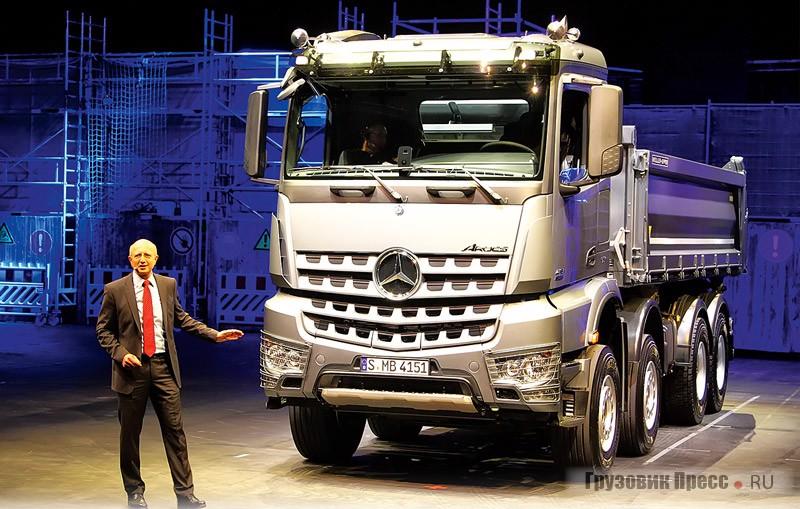
Mercedes-Benz introduces Bluetec technology
Mercedes-Benz is turning blue into green using European-approved Selective Catalyst Reduction (SCR) technology, or Bluetec as Mercedes-Benz calls it, to comply with the new 2008 exhaust emissions regulations.
SCR, along with Exhaust Gas Recirculation (EGR), is one of the two most common technologies being used by truck manufacturers around the world to meet tough new exhaust emission regulations.
It is generally seen as an easier way to achieve the ultimate emission reduction goal than EGR because it is a relatively simple technology that does not require any changes to the base engine as EGR does.
Instead, the SCR injects Adblue, a water-based additive, into the exhaust stream. This releases ammonia, which converts harmful NOx into harmless nitrogen and water.
This is an out-of-cylinder approach, while EGR is an in-cylinder approach to exhaust cleaning that requires major changes to the engine itself.
The benefits of an SCR are that the engine can run dirtier, as any additional emissions can be cleaned up in the exhaust stream after they leave the engine.
This allows engine designers to tune the engine to develop more power and better fuel economy without being limited by the need to clean the engine itself. As a result, retuned Mercedes-Benz engines have a higher compression ratio and produce 20 more horsepower than current engines.
The SCR engine will also run cooler, so there is no need to increase the volume of the truck's cooling system, as is the case with EGR, which causes the engine to heat up more.
For the operator, this means higher productivity and lower operating costs.
Most operators who have had the opportunity to test one of the many test trucks evaluated in Australia by manufacturers using the SCR strategy - Iveco, MAN, DAF, Scania, Volvo and UD - report better performance and handling of the new trucks compared to previous ones. their own trucks, and most claim improved fuel economy.
The downside for operators is that they have to cover additional costs for Adblue, which are usually added at a rate of 3-5%. Adblue is transported in a separate tank on the chassis. It typically has a capacity of around 80 litres, which was enough to get a B-double to and from Brisbane and Adelaide in recent tests conducted by Volvo.
Mercedes-Benz has six SCR-equipped trucks undergoing local evaluation, including two Atego trucks, one Axor tractor and three Actros tractors. All of them are put under a blowtorch in some of the toughest applications in the country to make sure they are fully prepared for the introduction of the new rules in January.